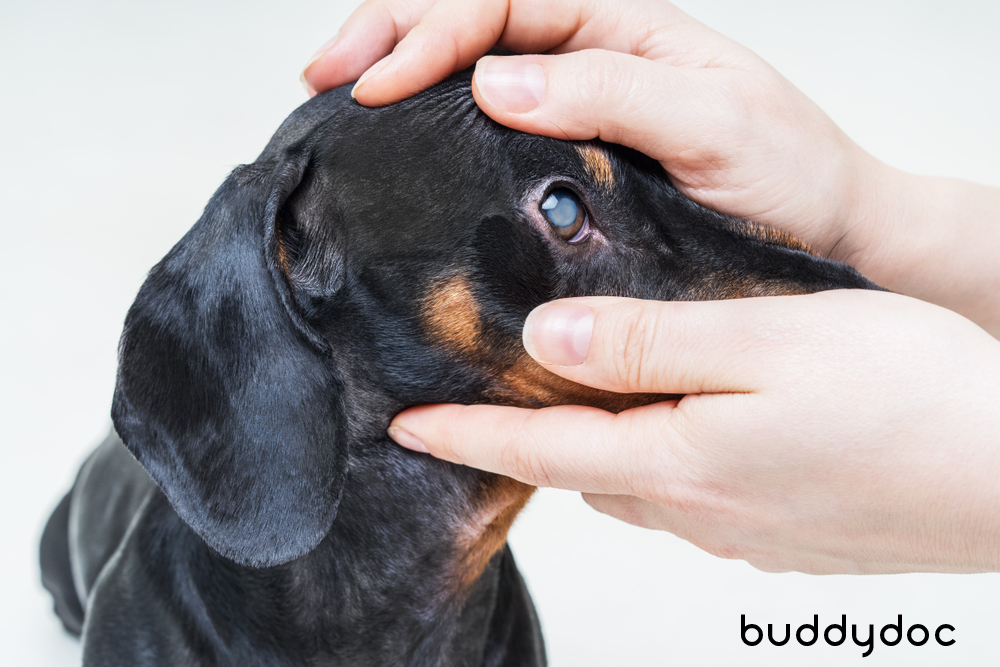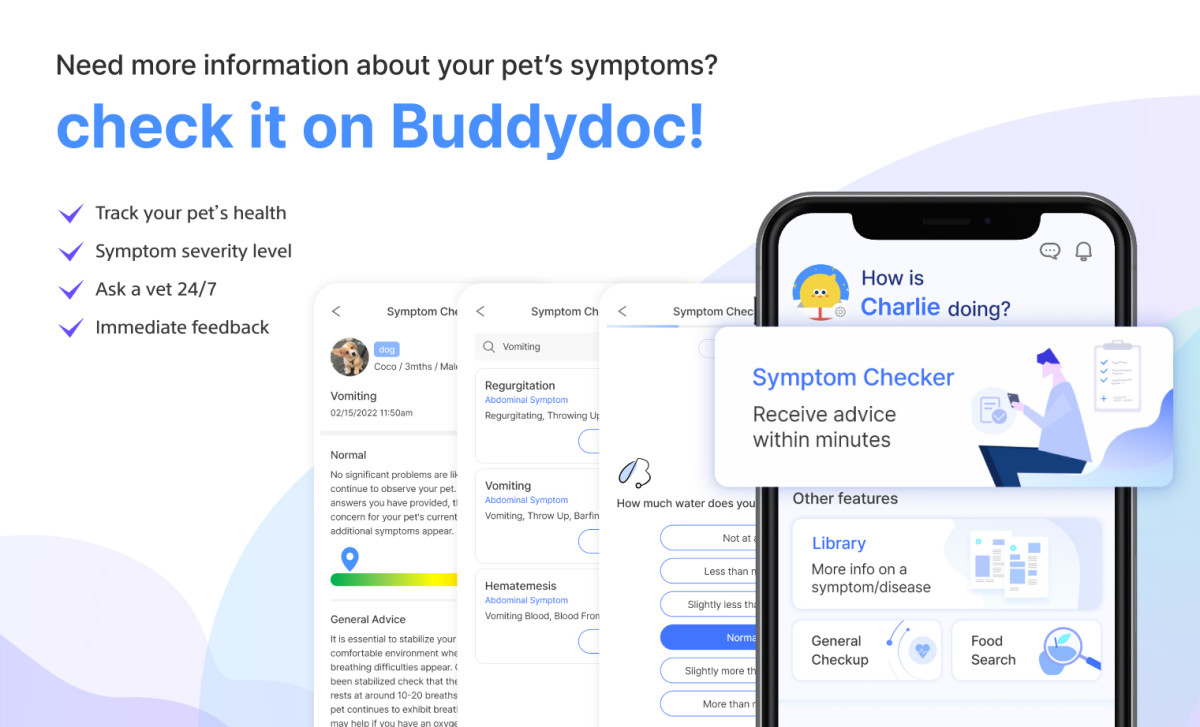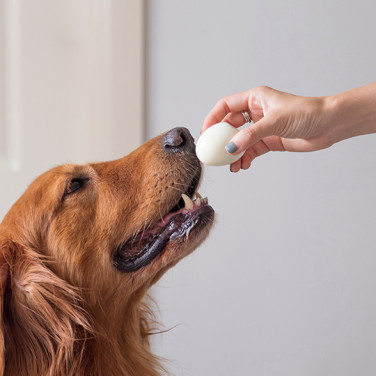SYMPTOMS
Eye Tumors and Melanoma in Dogs - Causes and Signs for Dog Eye Tumors
페이지 정보
본문

What are eye tumors in dogs?
Dogs can develop a variety of eye tumors, some benign and others malignant. Among these growths, the most common form of malignant tumors that form around a dog’s eyes are melanomas. Most other eye tumors that can form around the dog’s eyes are slow growing or benign. These tumors tend to manifest around a dog's eyes at an older age, but they can also occur at any age and tend to impact on their quality of life. Detecting and addressing these growths promptly is vital to prevent further complications such as trauma, ulcers, and inflammation that can affect the eyes' structures.
Causes of eye tumors in dogs
⦁ Meibomian gland adenoma or adenocarcinoma
Meibomian glands are glands that secrete oily secretions that keep the lacrimal glands healthy. An overgrowth of the cells lining these glands can cause a mass to develop.
⦁ Melanoma
There are two types of melanoma in dogs. The first, uveal melanoma, occurs in the iris or ciliary body. Most are benign, but can be malignant in some cases. The second, limbal melanoma, occur in the cornea or sclera of the eye and is a benign type of tumor. The causes for these types of tumors are still unknown but a mixture of risk factors such as age, genetic predisposition, and environmental factors can be considered.
⦁ Papilloma
Papillomas in dogs are caused by a virus and can range in color from white to pink.
These types of tumors usually occurs in younger puppies and may go away on its own without treatment.
Symptoms and signs of eye tumors in dogs
The most obvious sign of a tumor in a dog’s eye is the growth itself, but there will be other signs that can help identify the root of your dog’s behavior. A growth around a dog’s eyescan reduce their quality oflife and cause signs such as inflammation, ulcers, and can cause cloudiness in the eye. This can manifest in difficulty opening their eyes, scratching around their eyes, excessive tears, and eye discharge.
Risks of eye tumors in dogs and when to see a vet
If you notice a tumor or the increase in the size of a tumor around the eye. We recommend that you visit the vet as soon as possible. The sooner you detect the type of tumor and treat it accordingly, the greater the outcome of their health and happiness. If you notice any of the symptoms above, it is vital to check with your veterinarian the status of their eye health before it gets worse.
Home treatment options for eye tumors in dogs

Depending on the type of tumor that develops, there may not be much you can do to provide optimal treatment. It is always best to first help your dog avoid irritating their eyes further by scratching. If itchiness is severe, it is best to temporarily use a neck collar until you can get an accurate diagnosis from your veterinarian.
Diagnosing eye tumors in dogs
The first step in diagnosing the eye tumor in your dog is by helping to provide as much information to your veterinarian as possible. Your veterinarian may ask the following questions to begin the diagnosis process:
⦁ When did the tumor begin to form?
⦁ Has the tumor grown bigger since you first saw it?
⦁ How fast do you think the tumor is growing?
⦁ Have you noticed your dog’s eyes become red or teary after the tumor?
The accuracy of the diagnosis and the severity of malignancy can then be determined through a biopsy in the hospital.
The following tests are used to diagnose a tumor around the eye:
⦁ Cell aspiration test
Piercing the tumor with a syringe needle to obtain tumor cells to examine under a microscope. This allows the vet to check whether the cells with a high degree of malignancy are visible.
⦁ Biopsy
A biopsy is required to confirm the diagnosis of a tumor and can also help determine what type of tumor it is.
⦁ Eye exam
It is not a test for diagnosing tumors around the eye but instead to evaluate any damage done to the eye because of the tumor.
⦁ Fluorescent staining
This test is administered to check whether there is any eye ulcer.
Treatment options for eye tumors in dogs

The approach to treating your dog's eye tumor hinges on factors like location and type. Available treatment options include surgery, chemotherapy, laser therapy, radiation therapy, or cryotherapy (freezing with liquid nitrogen). For malignancy evaluation, a biopsy is completed to make a final diagnosis afterwards. If the tumor is benign, the prognosis after surgery is good.
Prevention tips for eye tumors in dogs
Preventing eye tumors like canine melanoma and papilloma has limited options. If a mass is observed around a dog's eyes, vigilant observation is crucial. Pay attention to the growth rate, changes in appearance, redness, increased tear production, or eye discharge. If rapid growth or pain is noticed, or secondary eye issues are suspected, seeking a veterinarian's advice at a veterinary hospital becomes imperative.
Find out more about your dog’s symptoms and diseases on the Buddydoc app!
The Buddydoc library is filled with everything you’d want to know about each symptom and disease your pet may experience. Install the Buddydoc app now and ask any questions you have about your dog on our 1:1 ask-a-vet board!














